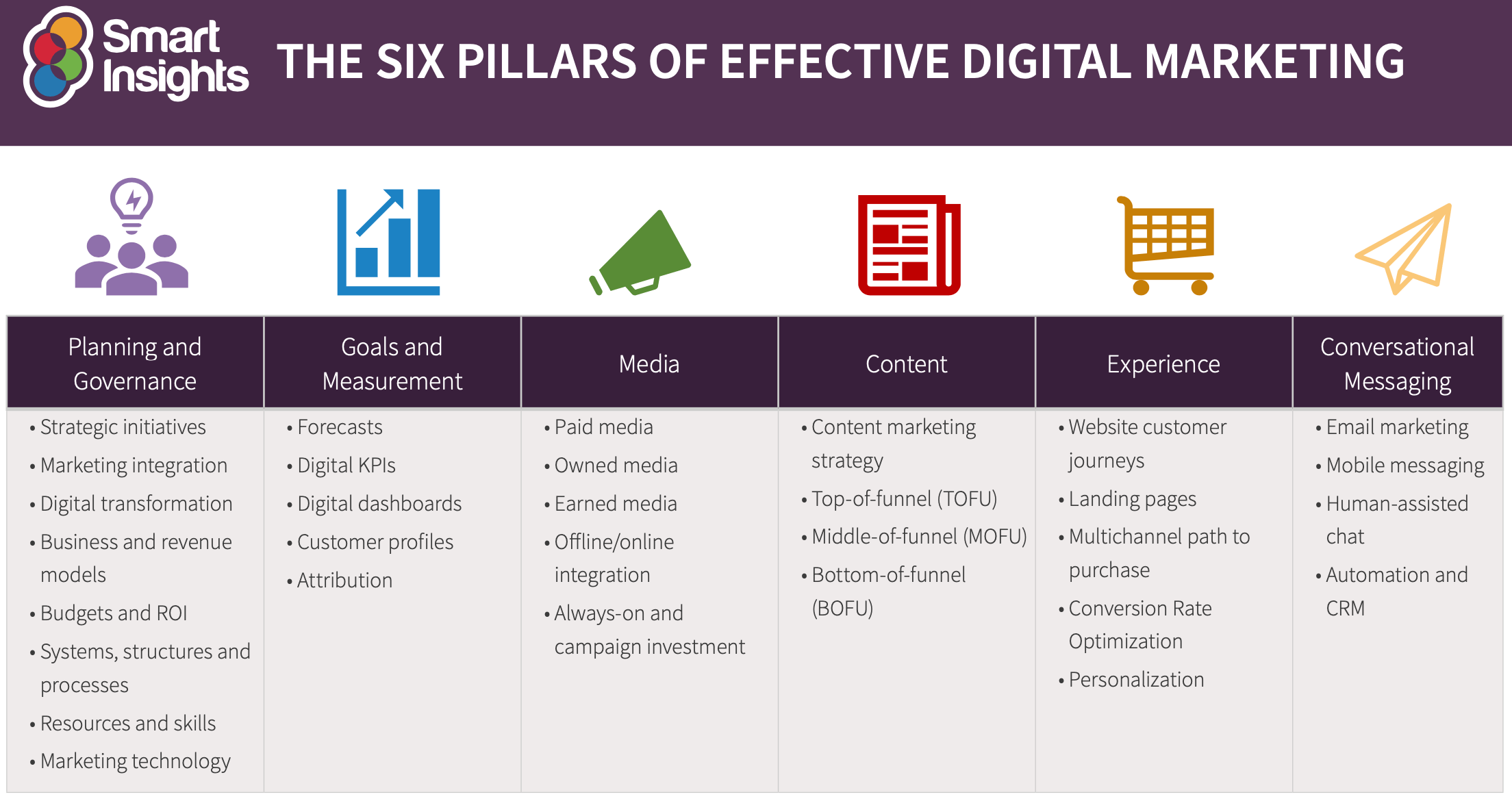Discover the Brilliance of The Ad Firm Carlsbad: Elevate Your Digital Presence Today
Discover the Brilliance of The Ad Firm Carlsbad: Elevate Your Digital Presence Today
Blog Article
Enhance User Experience and Drive Web Traffic With Receptive Web Design
In today's electronic landscape, where customers are accessing internet sites from a plethora of tools, responsive internet design has ended up being much more essential than ever before. With its ability to adjust and seamlessly readjust to various display sizes, receptive design not only boosts individual experience but additionally drives web traffic to your internet site.
Why Receptive Website Design Issues
Responsive website design is a vital aspect of modern web advancement because of its ability to make certain ideal individual experience across numerous devices and display sizes. With the proliferation of smartphones, tablets, and various other mobile tools, it has actually become essential for internet sites to adapt and provide seamless capability despite the device being made use of.
The primary reason receptive website design issues is that it enables customers to have a regular and delightful searching experience, despite the device they are using. A responsive site immediately adjusts its style, design, and content elements to fit the display dimension and resolution of the gadget, ensuring that users can conveniently browse and communicate with the web site with no trouble or frustration.
Furthermore, responsive internet layout also plays a substantial duty in search engine optimization (SEARCH ENGINE OPTIMIZATION) Search engines, such as Google, prioritize web sites that are mobile-friendly and responsive in their search results. By integrating receptive style principles, websites can boost their exposure and position, resulting in increased natural web traffic and potential consumers.

Boosting User Involvement Via Responsive Layout
Enhancing user interaction is a key objective of responsive style, as it makes sure that users can quickly gain access to and engage with website web content on any tool. With the boosting use of smart devices and tablet computers, it is important for websites to adapt to various display sizes and resolutions. Receptive style allows websites to instantly adjust their layout and material to provide a seamless customer experience throughout devices.
One of the primary methods responsive design enhances customer involvement is by reducing load times. With a receptive internet site, users do not need to wait on separate mobile versions to tons, resulting in much faster access to web content. This improved speed causes greater customer complete satisfaction and encourages them to invest more time on the website.
Furthermore, responsive style improves customer interaction by boosting navigation and individual interface (The Ad Firm seo). When an internet site is designed responsively, switches and food selections are optimized for touch interactions, making it simpler for customers to connect and navigate with the site on their mobile phones. This easy to use and instinctive experience keeps users engaged and encourages them to discover more of the site
Additionally, receptive layout permits better web content exposure and readability. By adapting the design and typeface sizes to different tools, receptive websites make sure that users can conveniently recognize the material and check out. This enhances individual engagement by decreasing the need for scrolling or zooming to review the text.
Boosting Website Web Traffic With Responsive Web Style
With the growing popularity of smart phones, having an internet site that is receptive to various screen sizes and resolutions is crucial for driving enhanced web traffic. In today's digital landscape, users are accessing web sites from a range of devices such as mobile phones, tablets, and desktop. Each of these gadgets has different display dimensions and resolutions, and if your internet site is not made to adapt to these variants, it can bring about an inadequate customer experience and a loss of potential traffic.
Receptive website design ensures that your website looks and operates optimally throughout all tools. By utilizing adaptable grids, liquid images, and media queries, receptive style allows your internet site to automatically change its material, navigation, and design to fit any kind of screen size. This implies that users will have a smooth surfing experience no matter of whether they are using a little mobile phone or a huge desktop computer computer.
Trick Aspects of Efficient Responsive Style
Efficient responsive layout integrates several essential aspects that guarantee a seamless individual experience across different devices. Among these elements is adaptable grids and layouts. By using family member units like portions rather of repaired units like pixels, designers can produce layouts that scale and adapt to fit different display sizes. This permits web content to be presented in a readable and aesthetically attractive way on any tool.
An additional important aspect is media queries. These allow designers to use different styles and layouts based on the qualities of the individual's gadget, such as screen size and alignment. By utilizing media queries, designers can maximize the discussion of material for each device, ensuring that it is conveniently available and legible.
Receptive photos are additionally vital in efficient receptive style. Photos that are also big can decrease web page lots times on mobile phones, while photos that are too tiny might appear pixelated on bigger displays. By making use of methods such as receptive picture resizing and lazy loading, designers can make sure that pictures are properly sized and enhanced for every tool.
Lastly, efficient responsive style involves a mobile-first technique. This implies focusing on and creating material for mobile tools first, and afterwards increasing and enhancing the layout for larger displays. This approach ensures that the most crucial material is conveniently available on smaller sized screens, while still providing a rich experience on larger devices.
Ideal Practices for Applying Receptive Web Layout
Applying responsive internet layout requires careful consideration of different best methods to guarantee an optimal user experience across various tools. Below are some vital ideal practices to comply with when executing responsive website design.
First of all, it is critical to focus on mobile individuals. With the increasing prominence of mobile phones, creating for mobile-first has come to be important. Beginning by developing for smaller sized displays and afterwards considerably improve the layout for bigger screens.

Another crucial finest method is to maximize images for different display resolutions. Big images can reduce down the loading time of your web site, particularly on mobile tools with slower connections. Use responsive photos that can be resized based upon the gadget's display resolution to improve performance.
In addition, examination your site on various tools and screen sizes to make sure a constant and smooth experience. There are numerous screening tools available that can aid you determine any kind of concerns and make required modifications.
Last but not least, prioritize use and ease of access. Make certain that your internet site is very easy to navigate, with clear and concise web content. Make certain that your internet site comes to people with handicaps and complies with ease of access standards.
Conclusion
In conclusion, receptive web style plays a vital role in improving user experience and driving traffic to internet sites. By taking on responsive layout concepts, web sites can guarantee optimum checking out experiences throughout various tools, leading to increased customer interaction.
Optimizing customer engagement is a crucial objective of responsive layout, as it makes sure that users can easily access and connect with web site web content on any gadget. Receptive design allows sites to instantly readjust their format and material to provide a seamless user experience throughout tools.
Furthermore, receptive layout improves customer involvement by boosting navigation and individual interface.Responsive images are likewise essential in effective responsive style. By taking on receptive style principles, web sites can make certain optimal checking out experiences throughout different gadgets, leading to enhanced user engagement.
Report this page